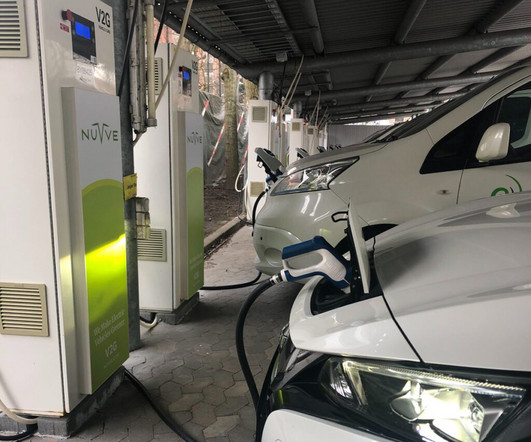California has invested $559M in cap-and-trade funds in ZEVs; state represents more than 40% of US ZEV sales
Green Car Congress
MAY 4, 2017
The funding is from California Climate Investments , a statewide program that invests billions of cap-and-trade dollars to reduce greenhouse gas emissions, strengthen the economy and improve public health and the environment—particularly in disadvantaged communities.












Let's personalize your content